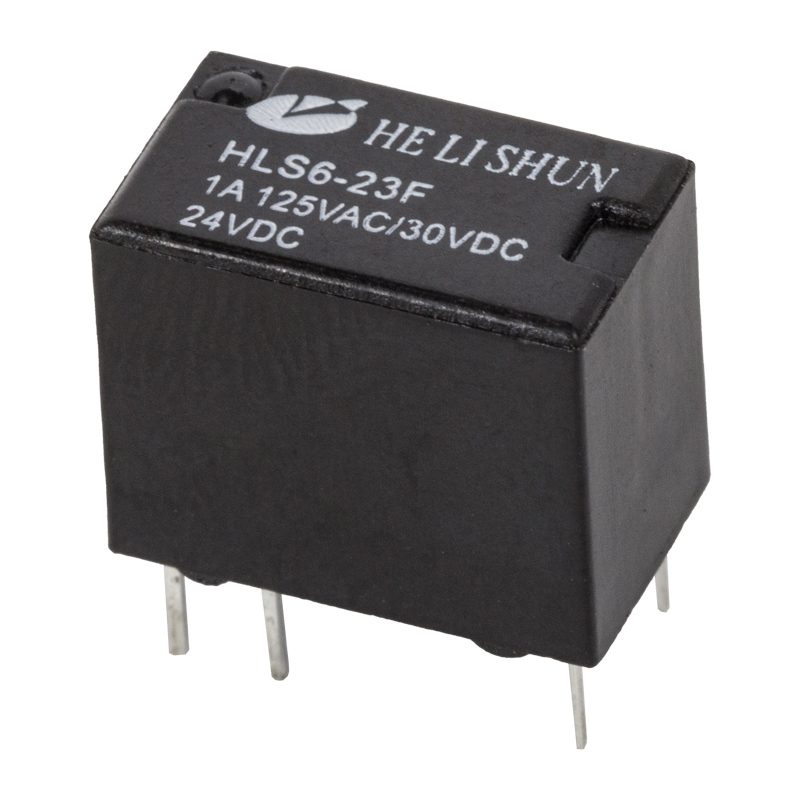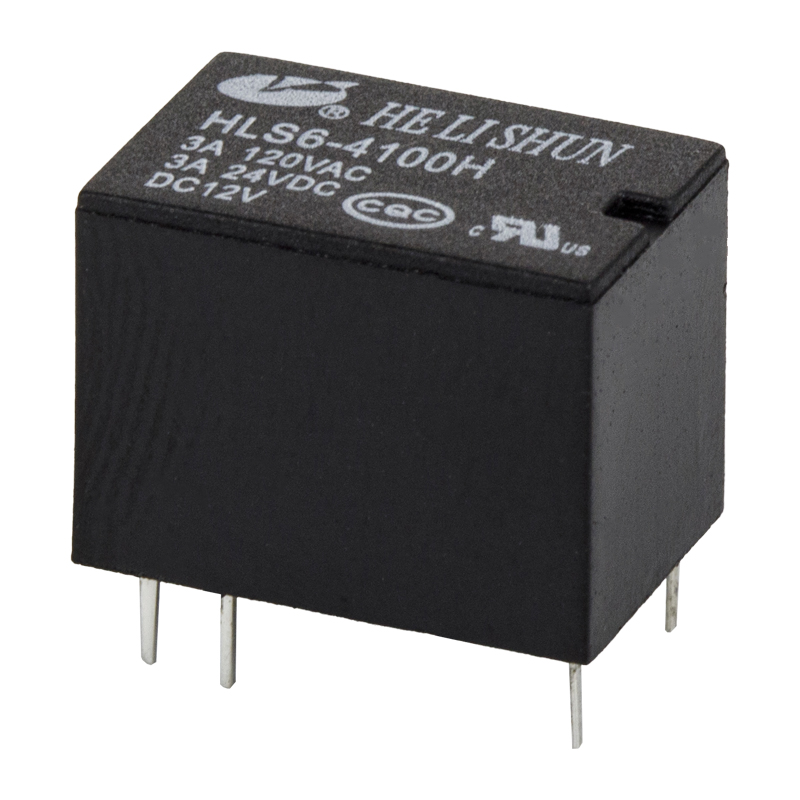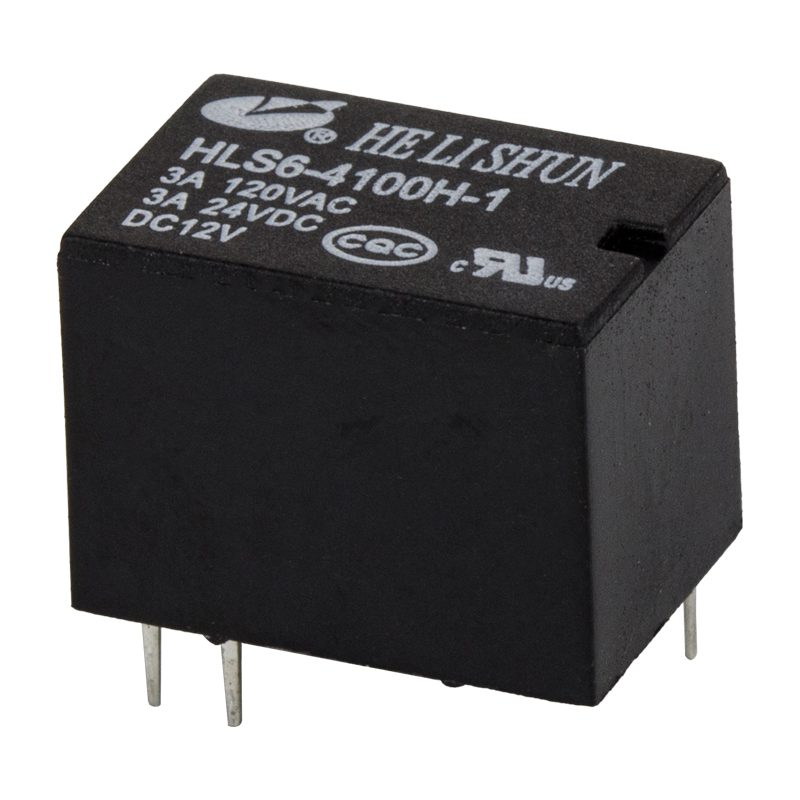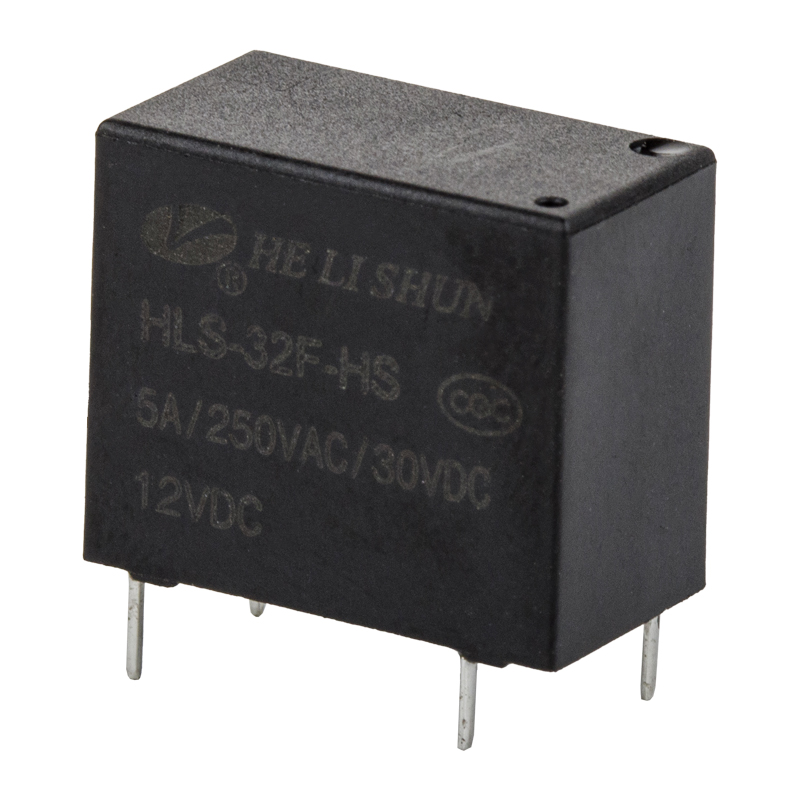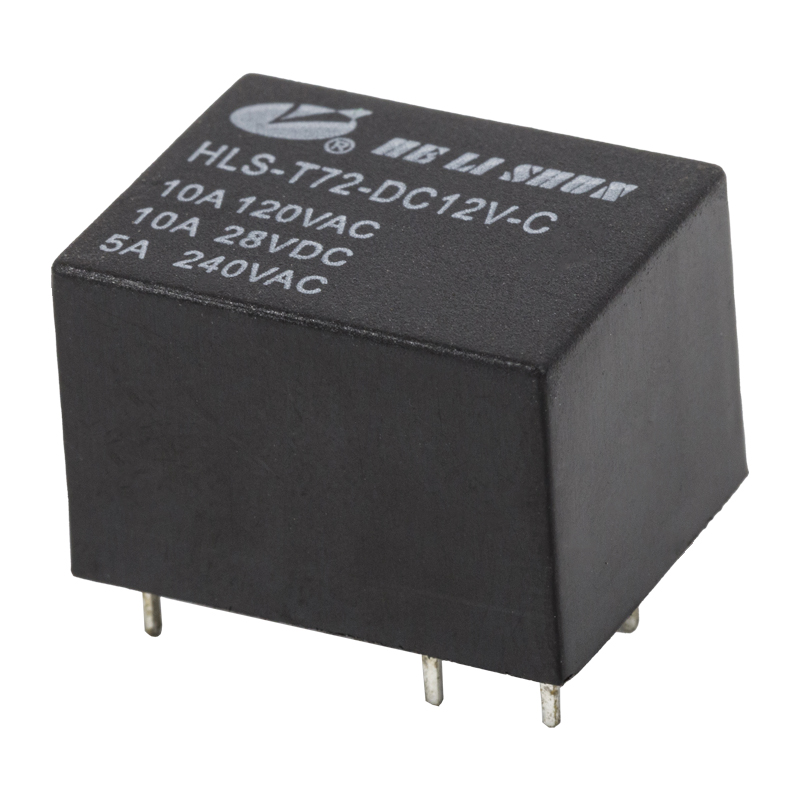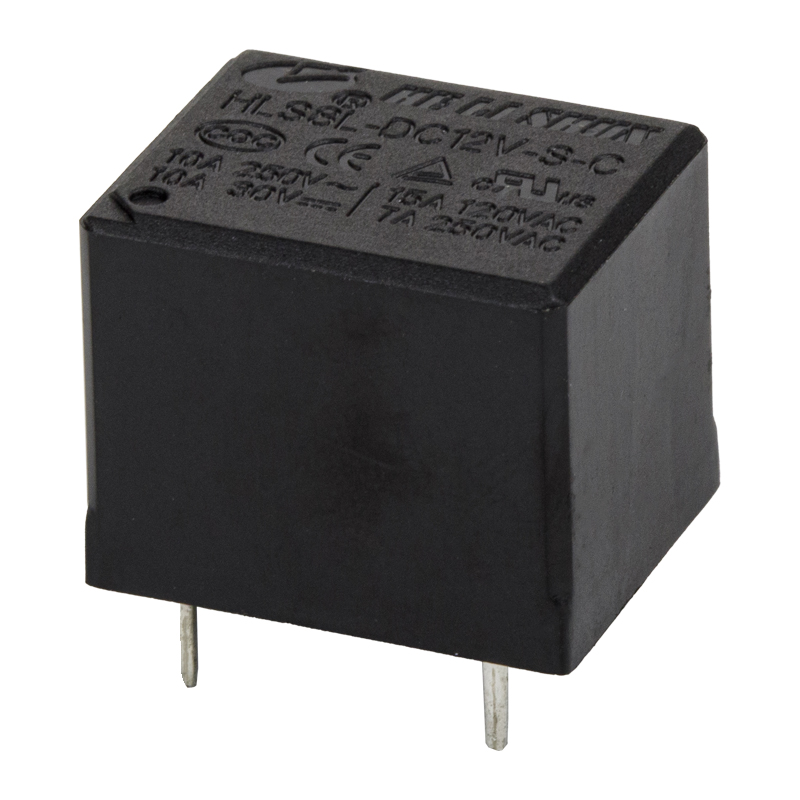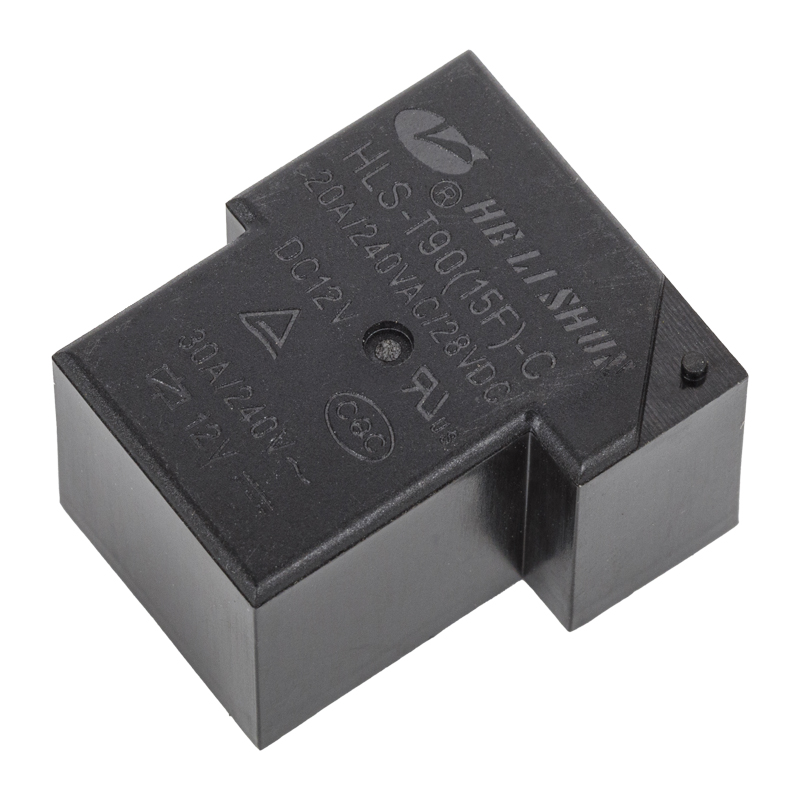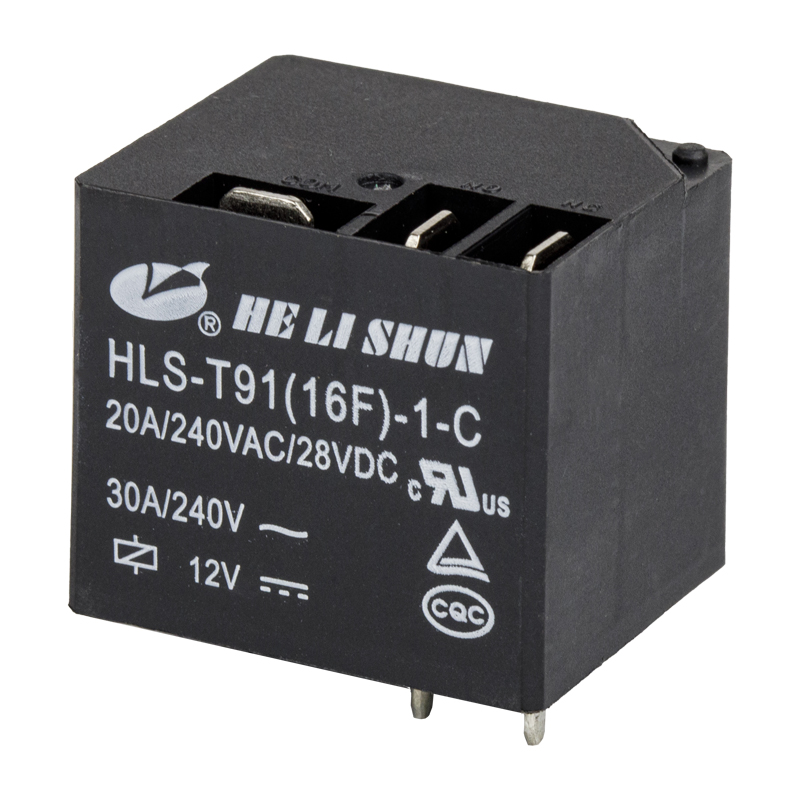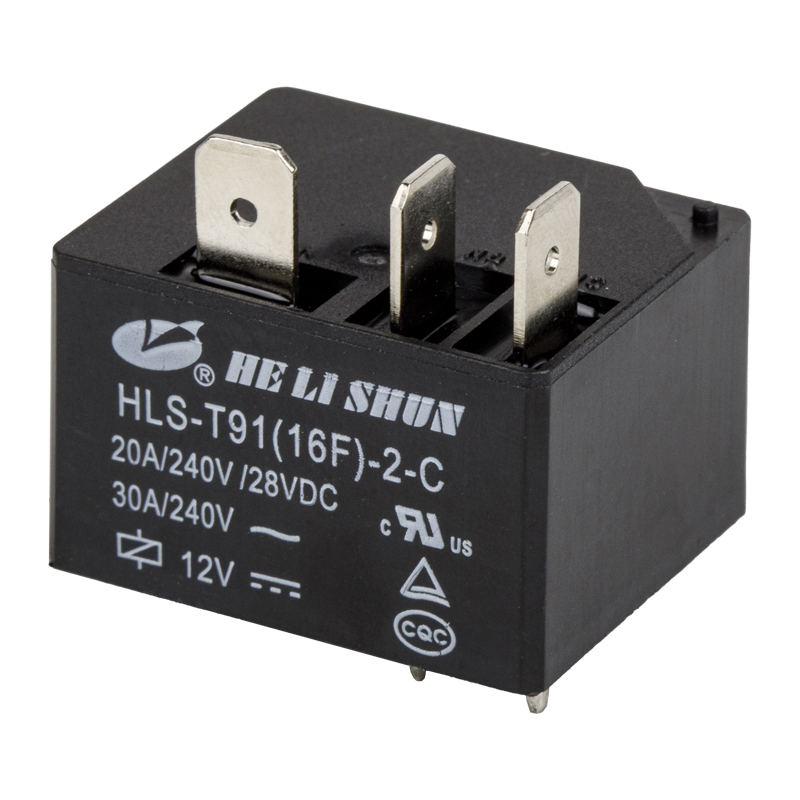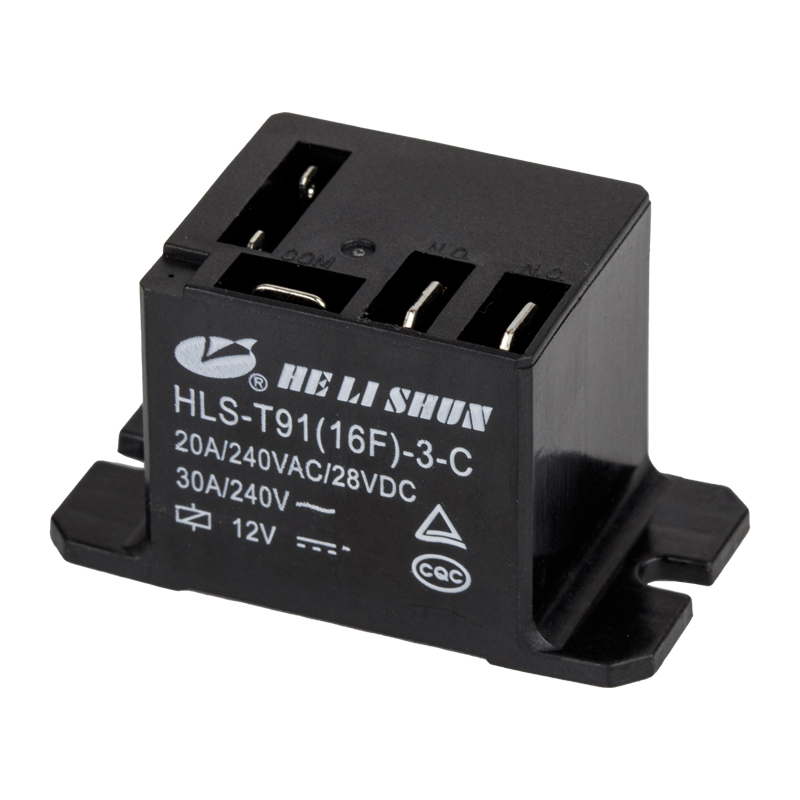Electromagnetic relays are controlled by a current in the coil and are used to switch electrical loads. These switches are commonly found in avionics and many industrial applications.Relays consist of a coil, contacts, an armature and a spring. These components are arranged in different ways depending on the relays design and function.
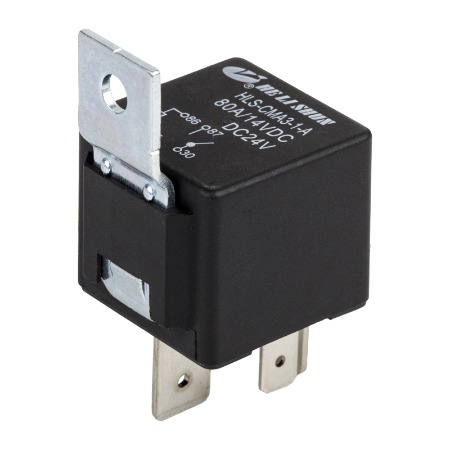
The armature (moving arm) makes or breaks (depending on its construction) connections with the contacts attached to it. When the relay is energized the magnetic field induces a current in the coil, and this causes the armature to move (usually using a spring force), either making or breaking the connection.When the relay is de-energized the armature is returned to its relaxed position by a spring force. When the relay is energized again, the armature moves back to make or break the connection with the contacts connected to it, depending on its construction.
Contacts - These are the movable parts of the relay and they can come in various shapes and sizes. They are typically single break or double break. A single break contact only opens one place, while a double break contact opens both places in the circuit.In addition to the physical construction of relays, they also contain protection devices which are designed to detect a number of common problems associated with electrical equipment. These include short-circuits, overloads, high resistance caused by poor current connections, increased contact transfer resistance, control contact welding and voltage failure of the relay itself.




 English
English 中文简体
中文简体
